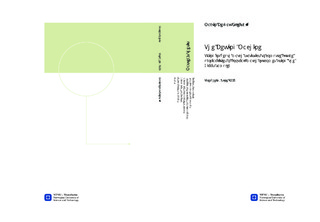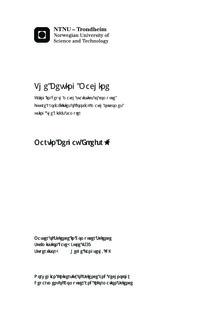| dc.description.abstract | Football is one of the most, if not the most, popular sporting games in the world, both played and watched by millions of people from all over the world almost daily, certainly weekly. Though most of those who place weekly bets on match outcomes have made up their minds on the abilities on competing teams, many have nevertheless attempted to assess the abilities of sporting teams using different statistical approaches, assigning objective, quantitative values to each team. From that standing point, one can then try to predict the future results of games. This paper researches the existing methods used by Maher (1982) and Dixon & Coles (1997) on modeling team strengths, and how these models are used for prediction.The study then proceeds to compare the two methods of Maher (1982) and Dixon & Coles (1997) by experimenting with the models, finding that the latter seems to provide the most promising results. Tests are run by constructing the models and collecting empirical evidence on the accuracy on the models when using them to bet on matches.We then continue with constructing our own model, which utilizes more detailed data from the current season's football matches, retrieved from several football and betting sites on the internet, and compare our results with how the older models performed on the same season.Our study finds that the current data we were able to retrieve does not significantly increase the return of investments when betting on matches over the course of a season. Though our model performs slightly better than the two methods of Maher(1982) and Dixon & Coles(1997), it is not able to perform better than the bookmakers it is betting against.The study is concluded by a section on what further work should be done to attempt to improve the models, focusing on using extensive data on matches that we did not manage to find, such as where on the pitch most passes were made, or where shots where fired from, and whether important players were available. | nb_NO |

